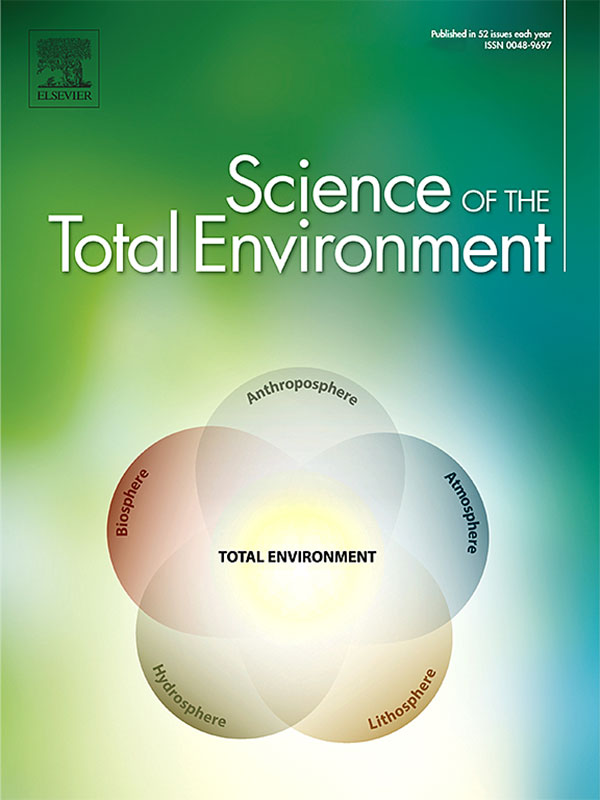Research Article
COVID-19, green space exposure, and mask mandates
Publication Date:
DOI: https://doi.org/10.1016/j.scitotenv.2022.155302
Abstract
Introduction
Mask-wearing and social distancing are critical prevention measures that have been implemented to stem the spread of COVID-19. The degree to which these measures are adhered to in the US, however, may be influenced by access to outdoor resources such as green space, as well as mask mandates that may vary by state.
Purpose
To examine the association between the presence or absence of statewide mask mandates and green space exposure with COVID-19 cumulative incidence in the US.
Methods
In October 2020, COVID-19 case data for each US county was downloaded from USA Facts, in addition to statewide mask mandates from a database maintained by the American Association of Retired Persons. The Normalized Difference Vegetation Index from the US Geological Survey (USGS), was used as a measure of greenspace, while the 2016 National Land Cover Database was used to assess tree canopy exposure as an alternative measure of greenspace. We performed generalized linear regression to evaluate associations with COVID-19 incidence, adjusting for potential confounders such as other environmental factors (i.e., air pollution and climate) and socio-economic factors derived from the CDC social vulnerability index. In addition, we also performed spatial regression analyses to account for spatial autocorrelation across counties.
Results
Counties with mandatory mask-wearing policies had a lower cumulative incidence of COVID-19 (B = −0.299, SE = 0.038). Among environmental factors, precipitation (B = 0.005, SE = 0.001) and PM 2.5 (B = 0.072, SE = 0.012) were associated with a higher incidence of COVID-19, while tree canopy (B = −0.501, SE = 0.129) was associated with a lower risk of COVID-19. COVID-19 incidence was higher in counties with socially vulnerable populations regarding socioeconomic status, minority status, and housing and transportation.
Conclusion
Mandatory mask regulation, exposure to green space, and reduced exposure to air pollution may reduce COVID-19 incidence in the US. Additional public health policies should consider ways to mitigate environmental conditions that may contribute to the risk of COVID-19, especially for vulnerable populations.
